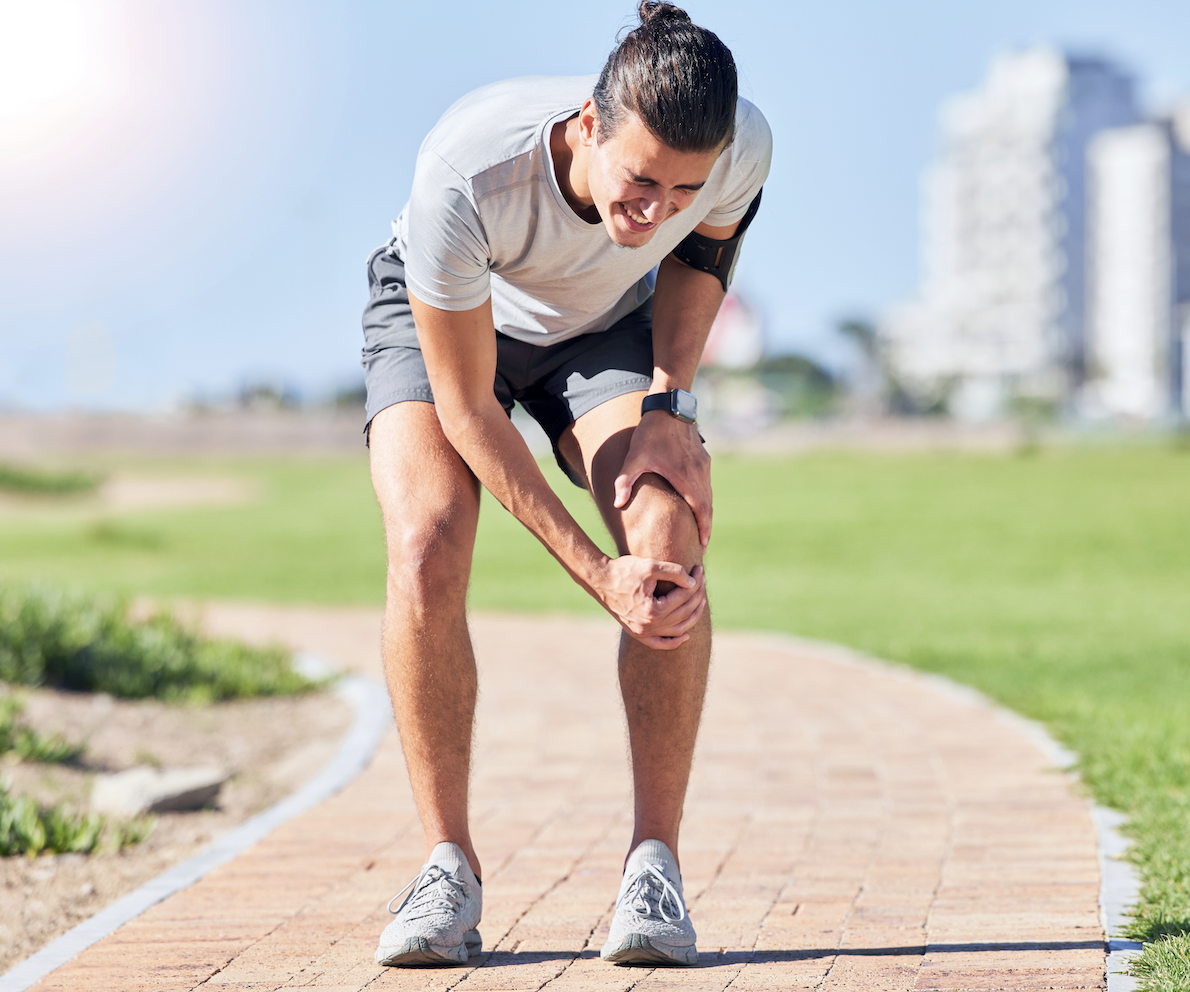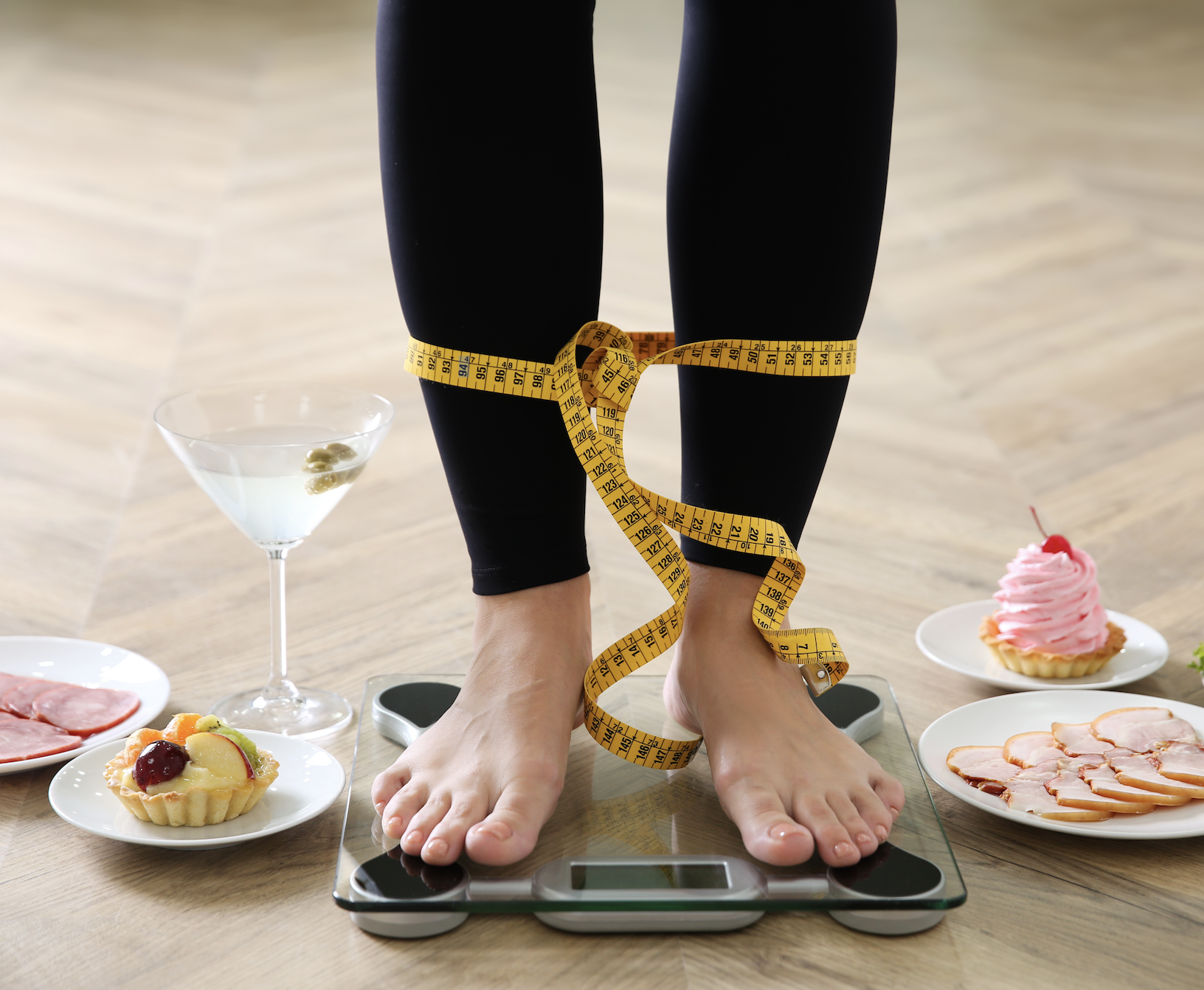The knee may comprise four primary ligaments, but the anterior cruciate ligament (ACL) is the one most commonly injured, especially for athletes. Still, while ACL tears are common, they don’t necessarily mean the end of your athletic career—most people who tear their ACL have a full recovery and can return to their sports without long-term consequences. The key to this favorable outcome, however, lies in taking the time to properly recover.
Common Causes of ACL Tears
When you tear your ACL, you may:
- Feel or hear a pop in your knee
- Experience swelling
- Feel pain, especially when putting weight on the knee
- Lose your range of motion
- Feel as though your knee has given out
As for what can cause an ACL tear, technically anything that puts too much pressure on your knee can be the cause, because it can cause your knee to move or twist more than it naturally should. Some of the most common causes of ACL tears include sports injuries, falls, and car accidents.
There are also some sports that, because of their physical requirements, are more likely to cause an ACL tear. This includes sports that involve sudden stopping, changing directions, or twisting, such as:
- Soccer
- Basketball
- Football
- Lacrosse
- Gymnastics
Recovering From an ACL Tear
Torn ACLs cannot heal on their own. Some people with a low-grade tear may be able to live with it, but for athletes, surgery is needed to repair the ACL and prevent the tear from worsening.
ACL tear surgery is often an outpatient procedure performed using knee arthroscopy, which is a minimally invasive technique. Following your surgery, it can take six to nine months to recover. To make the most of your recovery, consider the following steps.
Attend Physical Therapy
Physical therapy is a crucial element of ACL tear recovery because it helps you get your strength back to what it was before you were hurt. Your physical therapist will work with you as you walk, squat, and go up and down stairs.
In addition to strength exercises, during physical therapy you will also work on increasing your range of motion, which involves being able to flex and extend the knee.
With physical therapy, the goal is to gradually bring your knee back to its prior athletic capabilities so that, when you get back on the field, you don’t re-injure yourself.
Don’t Return to Your Sport Unless Given the OK
You may be eager to return to your sport and build up your activity level again, but it’s crucial to wait until your healthcare provider gives you the go-ahead. Working out before it’s been declared safe increases your odds of re-injuring it, which would keep you off the field for even longer.
Recover From ACL Tears with Orthopedic Associates
An ACL tear doesn’t have to end your athletic performance, so long as you take the time to let your knee properly heal. By attending physical therapy, strengthening your knee, and waiting until you’ve been approved to return to your sport, you can give your knee the best odds of recovering without being at risk of a subsequent injury.
At Orthopedic Associates, Dr. Andrew W. Parker has been practicing sports medicine since 1992, and Dr. Frank Wydra specializes in knee arthroscopy, which is the procedure often used to repair torn ACLs. Schedule an appointment today and see how our doctors can help you get back on the field.



